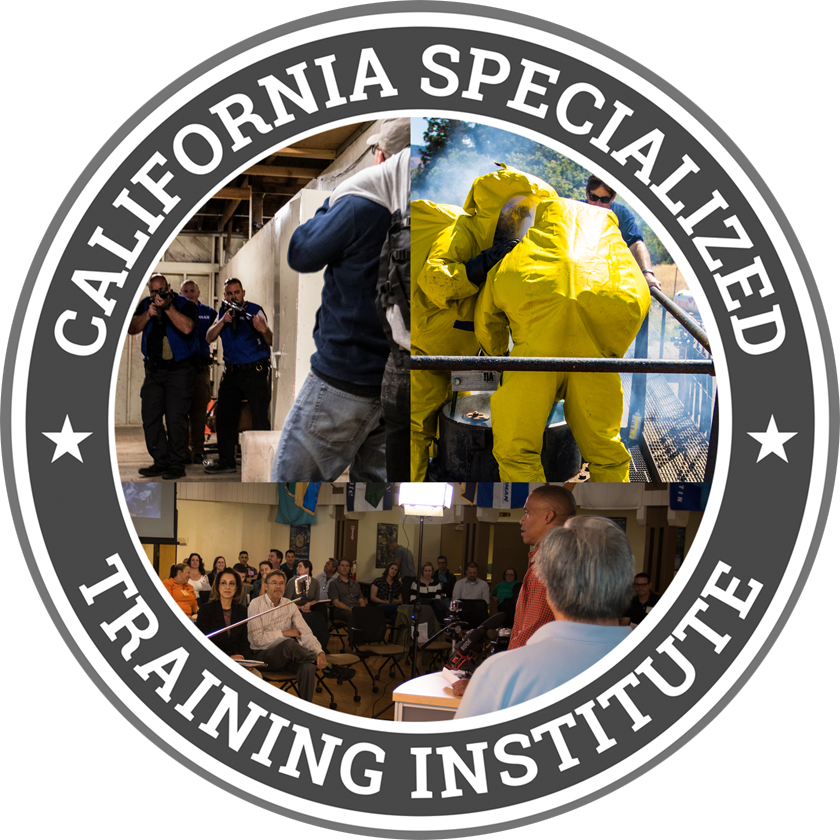HazMat Refresher Training Requirements
Cal OSHA Refresher Training Requirements
Cal OSHA regulation on Hazardous Waste Operations and Emergency Response (Hazwoper) is found in Title 8 of the California Code of Regulation §5192. This regulation addresses waste site cleanup, operations at treatment, storage and disposal facilities (TSDF) and emergency response.
Below discusses the requirements of Title 8 §5192(q), Emergency Response.
The regulation states: (8) Refresher training.
- Those employees who are trained in accordance with subsection (q)(6) of this section shall receive annual refresher training of sufficient content and duration to maintain their competencies, or shall demonstrate competency in those areas at least yearly.
- A statement shall be made of the training or competency; and if a statement of competency is made, the employer shall keep a record of the methodology used to demonstrate competency.
This regulation doesn’t specify any minimum duration for this training. It doesn’t have any requirements for course content or require a refresher class. Your certification doesn’t expire if you do not complete refresher training.
Federal OSHA Refresher Training Requirements
Directive CPL 02-02-073, Inspection Procedures for 29 CFR 1910.120 and 1926.65, Paragraph (q): Emergency Response to Hazardous Substance Releases. “It updates policies and provides clarification to ensure uniform enforcement of paragraph (q) of the Hazardous Waste Operations and Emergency Response Standard (HAZWOPER), 29 CFR 1910.120 and 1926.65, which covers emergency response operations for releases of or substantial threats of releases of hazardous substances without regard to the location of the hazard.”
CPL 02-02-073 provides the following guidance about HazMat emergency response refresher training:
- “Provisions for employee training must be incorporated into the ERP (Emergency Response Plan). This might include a general outline of the training to be completed for each of the various levels of emergency responders addressed in the ERP, or a reference to the location of the training manual. The plan should also address a schedule for required annual refresher training.” Your agency must have an official policy on how they will conduct refresher training.
- “Time spent by emergency response employees reviewing incidents can be credited toward their refresher training requirements under 1910.120(q)(8).”
- “Compliance Safety and Health Officers must evaluate the adequacy of emergency responder training…by interviewing the employer, employee representatives, and employees who may be involved in an emergency involving hazardous substances in order to determine their ability to perform their designated response roles and responsibilities.”
- “OSHA’s intent is that employees should complete their refresher training within twelve months of their initial training, although sometimes courses may be missed due to unavoidable circumstances. In such an event, employees should take the next available refresher training course. However, there should be a record in the employee’s file indicating why the training has been delayed and when the training will be completed. If the employee has gone without refresher training for more than twelve months, the employer must evaluate whether the initial comprehensive training needs to be repeated.”
- “Refresher training may be given in segments throughout the year so long as the required training has been completed by the employee’s anniversary date. Time spent by emergency response employees reviewing incidents can also be credited toward their refresher training requirements.”
- “The employer must have a “statement of training” or “statement of competency” for annual refresher training or competency for all employees trained in emergency response.”
Federal OSHA published an interpretation letter after they issued CPL 02-02-073.
- “It is important to note that training required under 1910.120(q) is dependent upon the anticipated duties and functions of the responder. Training and competencies must be consistent with each employee’s anticipated role. For example, while the course topics you outlined could be suitable for operations level or HAZMAT technician refresher training, they may not provide proper refresher training for personnel assigned as incident commanders, i.e., individuals who assume control of the incident scene.”

CSTI Training Portal
Visit the CSTI Learning Management System to browse hundreds of training courses, register and learn.

EMI Training Portal
Visit the FEMA National Training and Education Division (NTED) Course Schedules and Independent Study (IS) programs.
